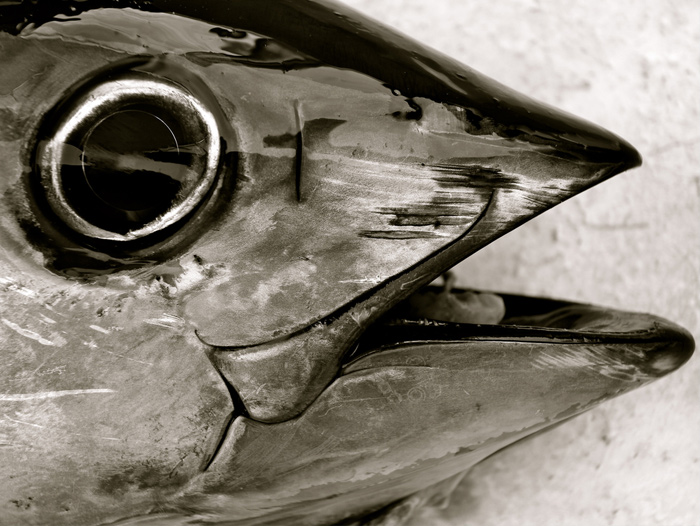IAEA and UN Environment Assist Member States on Mercury Monitoring in Seafood
July 2, 2019 | 1 min to read

Given its devastating health effects as a potent neurotoxin, mercury is one of the top ten chemicals of public concern, according to the World Health Organisation (WHO). The IAEA Environment Laboratories, together with UN Environment, hosted experts from around the world last month to discuss how best Member States can tackle monitoring of this global pollutant. This meeting took place in the context of a GEF-funded project to support a Global Monitoring Plan of Mercury for the landmark Minamata Convention on Mercury, adopted in 2013 by 128 countries.
Following the convention’s Conference of Parties (COP) in 2018, biota (such as plants, fish, seabirds and shellfish) and soil were proposed to be reviewed as additional matrices of interest for mercury monitoring. With global seafood consumption nearly doubling in the past three decades and over 1 billion people around the globe relying predominantly on seafood sources for their protein intake, monitoring of mercury ocean concentrations is critical.
The meeting brought together a variety of stakeholders on mercury monitoring – scientists, the Minamata Convention Secretariat, UN Environment and representatives from Parties to the Convention – to discuss the merits in adding biota and soil to the matrices to be monitored within the Minamata Convention implementation. Currently only atmospheric and human bio-monitoring are being conducted.
To read the rest of the story, please go to: IAEA
